What is Mono?
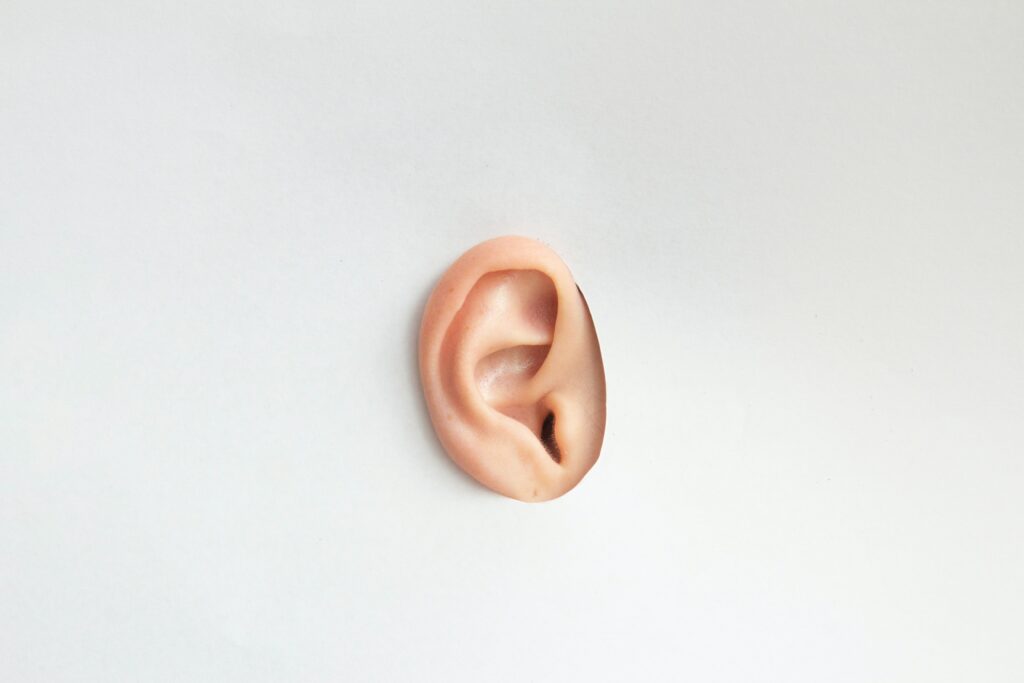
The number of channels involved, whether it’s an input or output, is referred to as mono (AKA monaural or monophonic sound).
The word “mono” signifies “one” or “single.” In order to record or mix in mono (more on that later), you must use just one channel or input at a time.
When you listen to music in mono, it’s supposed to sound like it’s coming from a single source.
What is Stereo?
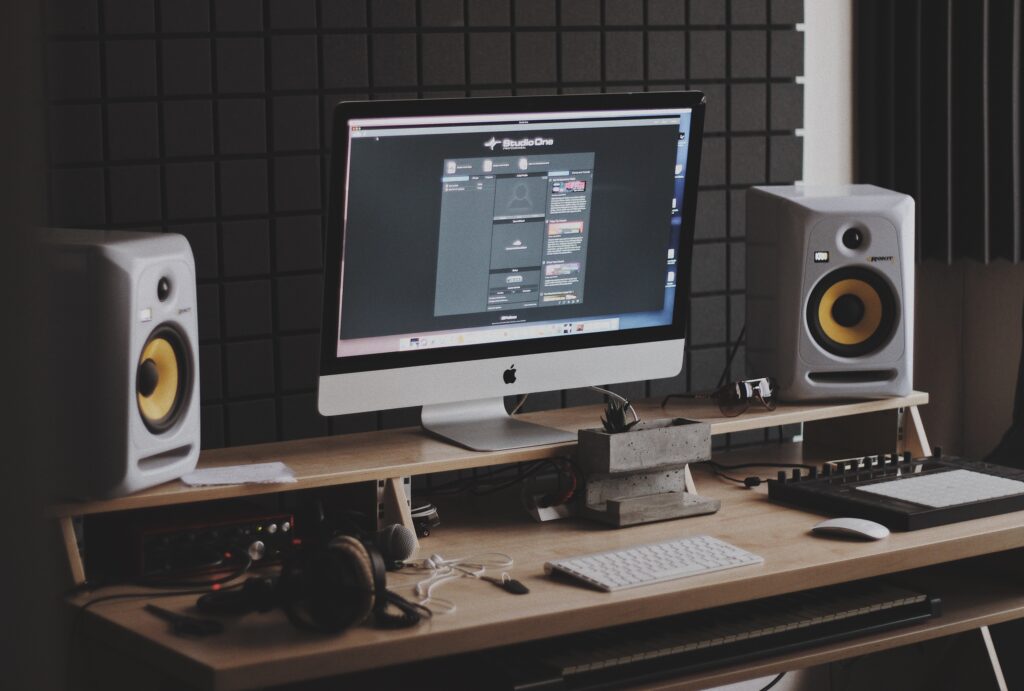
Stereo (AKA stereophonic sound) is when you have more than one channel of output and/or input.
Stereo sound allows you to create music you can perceive as deeper and wider, whether you’re recording or mixing.
Mono vs. Stereo Recording
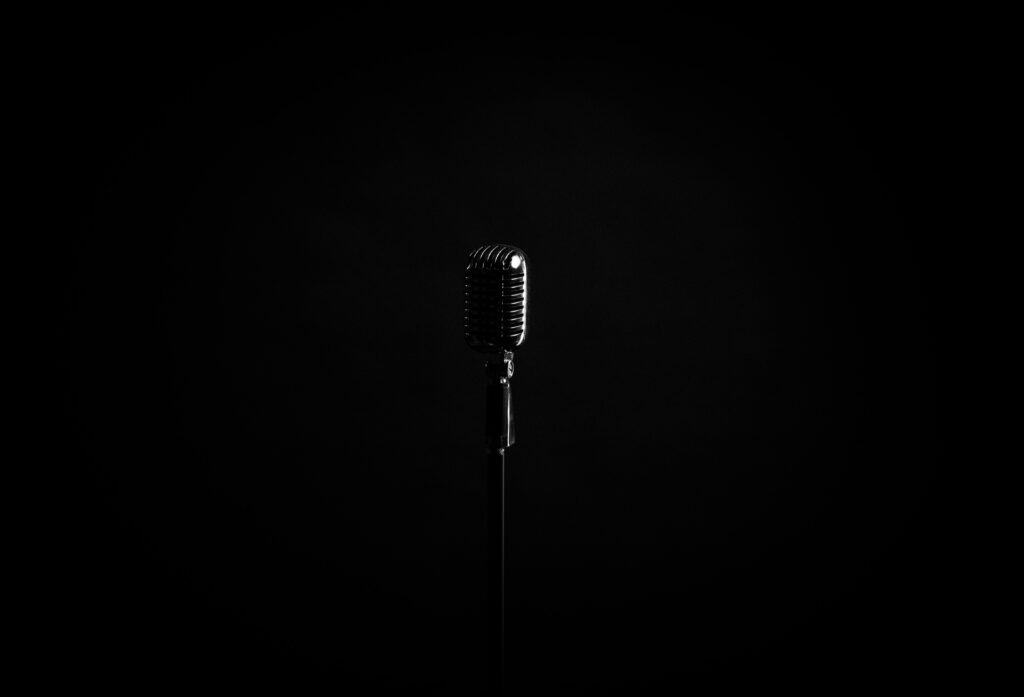
When you record in mono, you only use one microphone on one channel at a time.
When you record in stereo, two microphones are used, each recording to two different channels.
Mono is used for vocals and any direct-in instruments (bass, electric guitar, keyboard, etc.).
However, you can still acquire a wider, stereo effect on a mono recording. You can record in mono but duplicate the identical part on two separate tracks, pan them left and right, and then record in stereo.
You may achieve the similar effect by duplicating your mono track. However, think about changing the second track in some way so it doesn’t seem like a copy.
Stereo recording is common for instruments like acoustic guitar, live drums, and any ensemble. The tracks are then panned left and right to various degrees.
Because you have both left and right ears, you may hear the panning modifications when listening to a stereo recording.
When you listen to a mono recording, however, you hear it in “dual-mono,” which means you hear sounds equally in your left and right ears, regardless of whether it was recorded in mono.
As a result, a mono song will sound narrowed and as if it’s coming from between the speakers.
Why Mix in Mono?
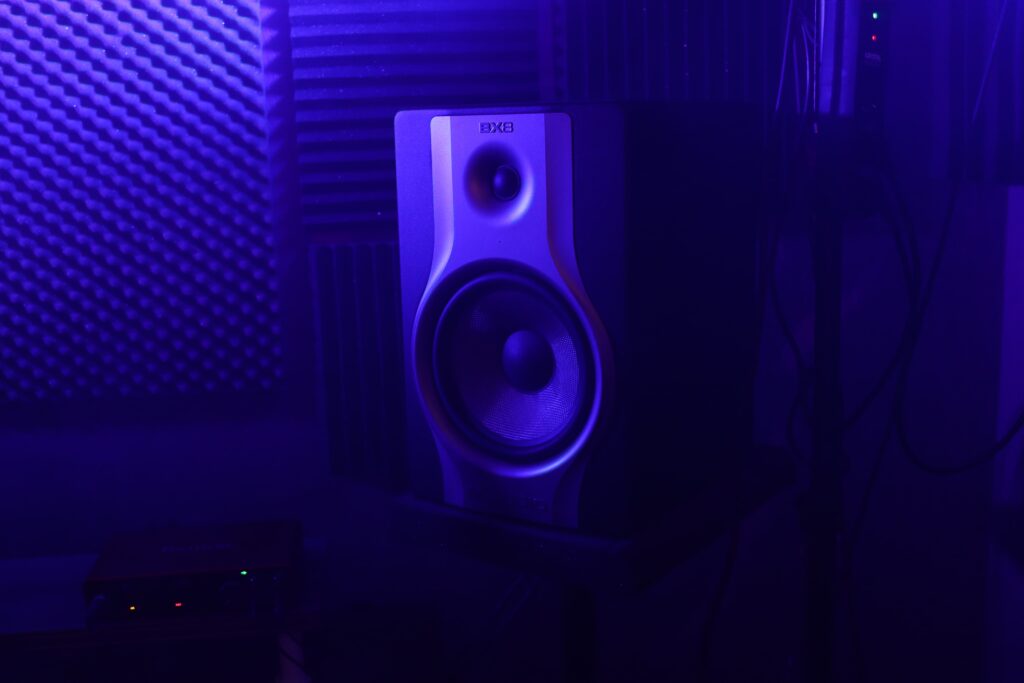
Mixing in mono is something you may not have heard of if you’re new to music production. It’s also a critical factor.
Before using any EQ, compression, or other plugins, you should mix in mono. If you want an industry-standard track, you should do this with every mix.
You’ll also find a mono button on or near the master track in your DAW. Simply press that button to begin mixing!
When stereo sounds so much better, why would you mix in mono?
Here are a few reasons to mix in mono…
Your mix will be more adaptable to different sound sources.

This is certainly something you can connect to…
You put a lot of effort into mixing your song. On your monitors and headphones, it sounds fantastic.
Then you take it to your car or use your Bluetooth speaker to listen to it. It also sounds awful.
One possible reason for this is that you were mixing in stereo rather than mono.
You’re closer to one speaker than the other when listening to music in your car, therefore the sound is more mono. Even though your Bluetooth speaker is stereo, the sound will be perceived as mono by the time it reaches your ears.
You can ensure that the audio will sound fine no matter where you listen to it by mixing it in mono.
Your mix will be more balanced as a result.
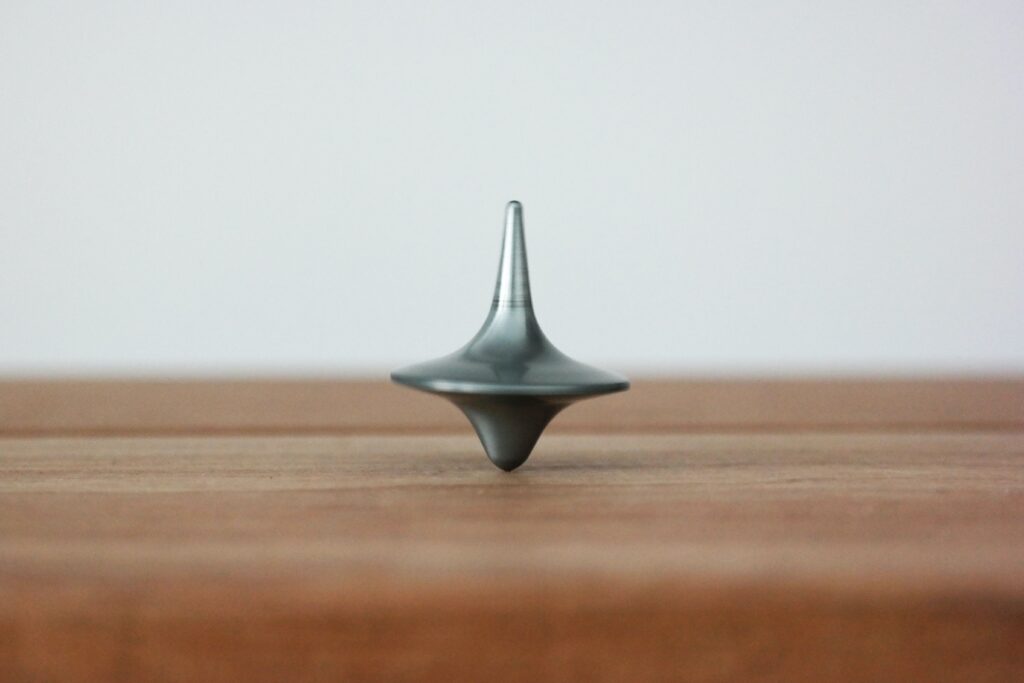
In stereo, your mix may sound amazing, but in mono, it may sound muddy. This indicates that your mix is unbalanced.
You can get a better impression of volume levels when everything is condensed to the middle rather than distributed across the left and right ears.
You’ll be able to tell when some parts are overpowering the mix and need to be dialed back.
Mono mixing will, in the end, make everything more balanced.
You’re less likely to have phase problems.
If your music has any phasing issues, listening to it in mono will bring them to light. And you won’t always be able to hear them in stereo.
And phasing issues can wreak havoc on your mix.
The stereo version of your mix will sound better.
If you mix your track in the worst-case situation (mono), your stereo mix will sound even better.
Consider how good your mix will sound in stereo if you can make it to sound great in mono.
Is It Necessary to Use Stereo Expansion?
Using the advantages of combining stereo and mono parts, you can create a larger mix.
Here are various ways to use stereo expansion or stereo widening in addition to mixing in mono…

